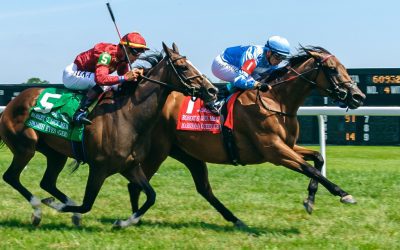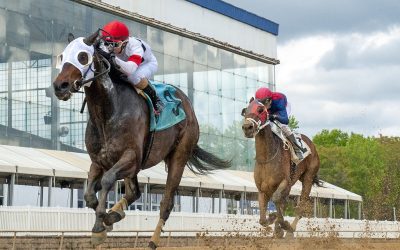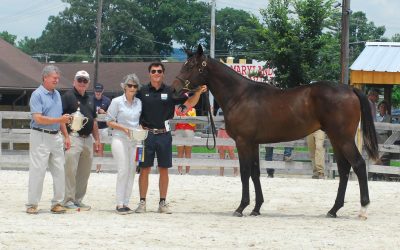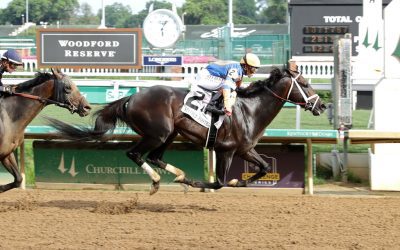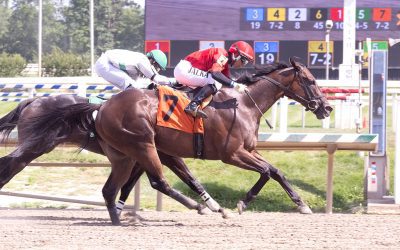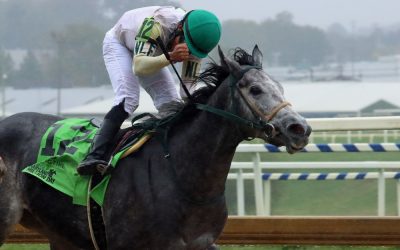Md Legislature gives final OK to Pimlico redo bill
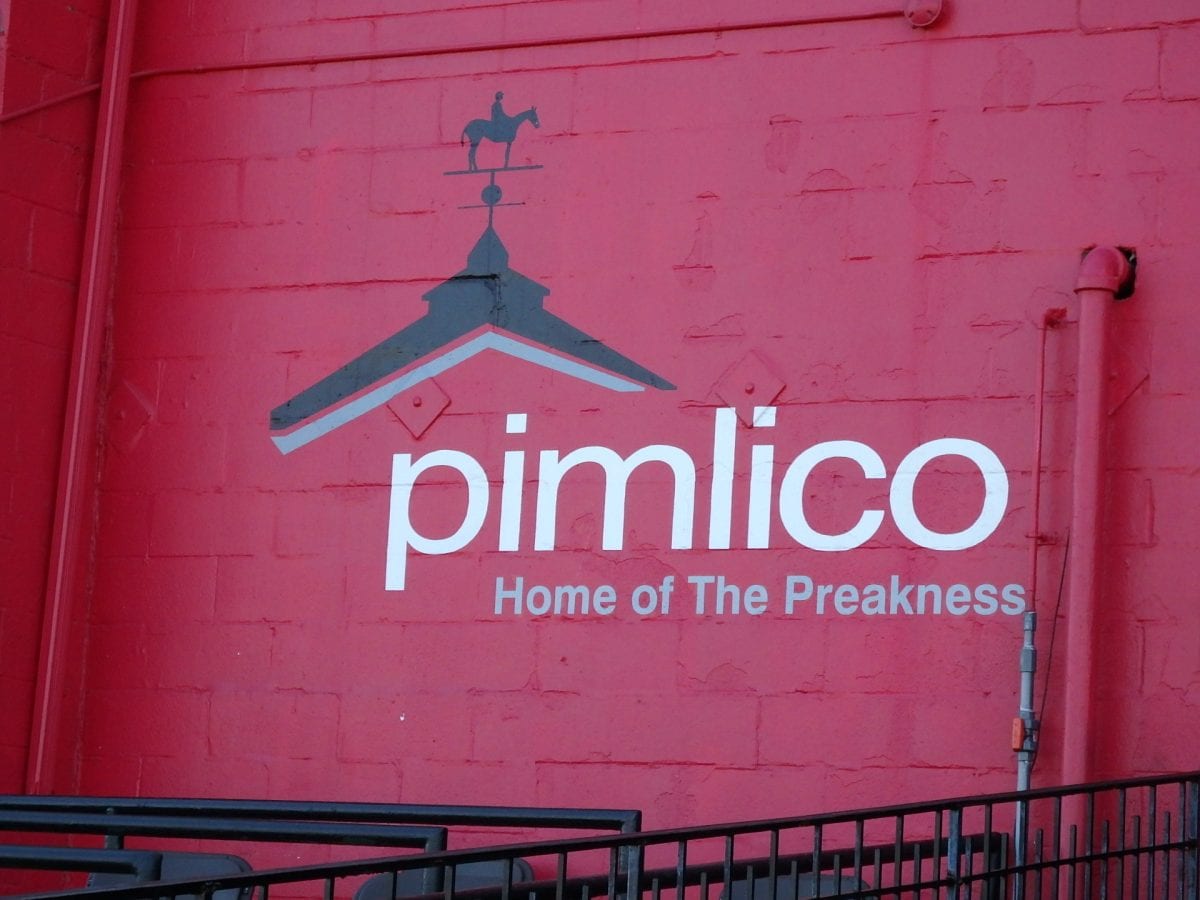
Maybe it had to go this way.
Given all the thrilling Preaknesses contested over the years, maybe it was inevitable that legislation to create the funding and structure to raze and rebuild Pimlico and Laurel Park – and to keep the Preakness in Baltimore — would itself go right down to the wire.
Such was the case today, and, moving with lightning speed, both houses of the Maryland Legislature approved a revised bill and readied it for delivery to Gov. Larry Hogan, his signature the final necessary step to solve a problem – the status of Old Hilltop – that has bedeviled the state racing industry for decades.
The vote in the Senate on SB 987, the Racing and Community Development Act, was 44-1. The House followed with a 113-14 vote in favor of the bill.
The rush to conclusion was necessitated by the coronavirus emergency, which prompted lawmakers to shorten their annual session by about three weeks. Today was the final day of the session.
“I would like to thank Maryland’s policy makers for the passage of the legislation that paves the way for an enhanced Preakness in Baltimore, the revitalization of year round racing at Laurel Park and reinvestment in the many communities of interest near and related to the racing industry,” Belinda Stronach, chairman and president of the Stronach Group, which owns PImlico, said in a statement.
While the legislation had passed both houses handily, it had done so in different versions. When the House declined yesterday to accede to the Senate’s preferred version, that forced the creation of a conference committee to hash out the differences – and the mad sprint to the finish line.
The biggest difference between the bills was in their treatment of Bowie. While the Senate version had included “sense of the Legislature” language encouraging the conveyance of the former racetrack and training center to government entities, the House version included an explicit directive that the property be conveyed to the City of Bowie.
The final agreed-upon version does include the requirement that the property be conveyed to the City of Bowie no later than December 31, 2023. But it also directs at least $1 million to the city to undertake remediation of the property and $2 million to the Maryland Jockey Club to “reimburse costs attributable to maintaining ongoing year-round racing operations, ensuring the continued running of the Preakness Stakes at the Pimlico site during construction,” and Bowie-related expenses.
That MJC funding is expected to help the company defray the logistical challenges of maintaining a sufficient population of horses without sufficient stabling, which is what the industry is likely to face when one of the two tracks goes offline for rebuilding.
Additionally, the bill permits the use of funds “for the costs, planning design, construction, and equipping of the Equine Health, Safety, and Research Center at Laurel Park.”
“The passage of the Racing and Community Development Act of 2020 is a defining moment for the thoroughbred horse racing industry in this State,” said Alan M. Rifkin, counsel to the Maryland Jockey Club and the Preakness Stakes.
The legislation was marked for success from the jump. The Senate version had Senate President Bill Ferguson (D-Baltimore City) among its sponsors, while the House version was introduced by Speaker Adrienne Jones (D-Baltimore County).
It would empower the Maryland Stadium Authority to issue up to $375 million in bonds to support the two projects. At least $180 million of that amount must be spent at Pimlico, and at least $155 million must go to Laurel. Those moneys would be paid back via a combination of funds: moneys directed to Thoroughbred purses, to Baltimore City, and to racetrack facilities, as well as some lottery support.
That funding, project advocates say, will enable the Maryland Jockey Club, which is owned by the Stronach Group, to transform Pimlico from an aging eyesore to a venue capable of hosting an international event like the Preakness Stakes, the second leg of racing’s Triple Crown. It also is intended to transform the property into a year-round asset to the Park Heights community in which it resides.
Additionally, the company would use the funding to level Laurel Park, at which it has spent tens of millions of dollars in recent years, and rebuild it. It would become the year-round training center for Maryland racing, as well as the home of racing most of the year, as it already is. In addition to dirt and turf surfaces, Laurel also is expected to have a synthetic surface.
The proposals have generated widespread support among community and government leaders, though some racing historians and others have expressed concern about the Pimlico plans. Those plans call not only for the demolition of the grandstand and clubhouse but also for the racing strip itself to be turned 30 degrees and shortened to the oddball distance of 15/16 of a mile – 7 ½ furlongs. While advocates say those changes are necessary to create the economic development that’s key to the project, opponents say it’s critical to keep the racing strip – over which Seabiscuit bested War Admiral and every Triple Crown winner raced – as is.
Within the industry, both the state’s horsemen’s group, the Maryland Thoroughbred Horsemen’s Association, and its breeders group, the Maryland Horse Breeders Association, endorsed the legislation. Among other reasons, it puts the industry on the firmest footing it’s enjoyed in decades.
While Gov. Hogan has not publicly endorsed the legislation, the broad support it enjoys makes it likely he will sign it.
LATEST MARYLAND NEWS
Mid-Atlantic three stars: July 7, 2025
Your five-minute read to catch up on racing highlights from around the Mid-Atlantic this past week!
Laurel Park: Latest jockey and trainer stats
Which Laurel Park jockeys and trainers are having a good meet? Who’s doing better than you’d think? Or heating up now? Answers within.
Great Notion colt takes top honors at MHBA Yearling Show
A Great Notion colt took the top spot and the Merryman family dominated at Sunday’s 91st annual Maryland Horse Breeders Association Yearling Show.
Md-breds Mindframe, Romeo take Churchill stakes
Maryland-breds thrived in Kentucky, with Mindframe winning the G1 Stephen Foster and 2yo Romeo upsetting the Bashford Manor.
LRL: Bouncer takes allowance feature, 4 tie for jockey lead
When Bouncer took Sunday’s allowance feature at Laurel Park, it created a 4-way tie atop the jockey standings leaderboard for the spring meet.
Laurel Park picks and ponderings: June 29, 2025
We provide full-card picks and analysis for this afternoon’s races at Laurel Park.



